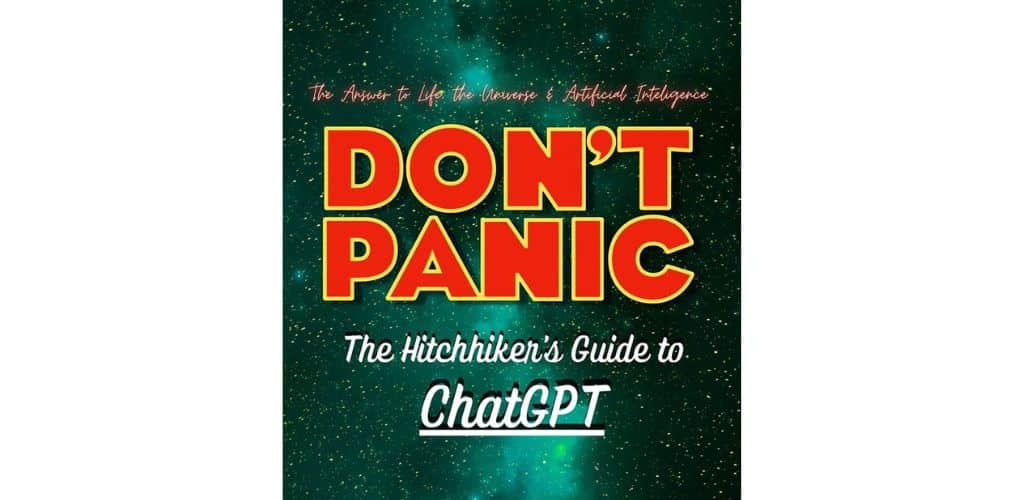The US Patent and Trademark Office (USPTO) has denied OpenAI’s applications to trademark “ChatGPT” and “GPT.”
The Final Office Action states, “Registration is refused because the applied-for mark merely describes a feature, function, or characteristic of applicant’s goods and services.”
As the USPTO explains, a mark is merely descriptive if “it immediately conveys information concerning a feature, quality, or characteristic of [an applicant’s] goods or services.”
A proposed trademark (such as a word, phrase, or logo) can only function as a trademark if it’s “distinctive.” Distinctiveness is often ranked as follows, from most to least distinctive:
- fanciful
- arbitrary
- suggestive
- descriptive
- generic
A “fanciful” mark (which is considered strongest) includes invented words like XEROX and KODAK.
An “arbitrary” mark often uses a word with a common meaning and applies it to goods or services with no relation to that common meaning – for example, APPLE for computers.
A “suggestive” mark suggests a quality or characteristic of the good or services – for example, MICROSOFT for software for microcomputers.
A “merely descriptive” mark merely describes some feature of the goods or services – for example “waterproof” brand running shoes.
“Generic” “marks” simply name a product – for example “Apple” brand apples. In this case, said the USPTO,
evidence shows that “CHAT” means “a synchronous exchange of remarks over a computer network.” Further, the evidence of record also establishes that “GPT” is a widely used acronym that means “generative pre-trained transformers,” which are neural network models that “give applications the ability to create human-like text and content (images, music, and more), and answer questions in a conversational manner.”
Also,
the evidence of record shows that both the wording “CHAT” and “GPT” are used descriptively in applicant’s software industry to refer to a particular type of software where users may ask questions and an AI model then answers those questions based on data that has been inputted into the model.
The USPTO noted that
two major reasons for not protecting descriptive marks are (1) to prevent the owner of a descriptive mark from inhibiting competition in the marketplace and (2) to avoid the possibility of costly infringement suits brought by the trademark or service mark owner.
In response to the refusal, OpenAI may assert a claim that the applied-for mark has acquired distinctiveness under Trademark Act Section 2(f). This section states:
nothing in this chapter shall prevent the registration of a mark used by the applicant which has become distinctive of the applicant’s goods in commerce. The Director may accept as prima facie evidence that the mark has become distinctive, as used on or in connection with the applicant’s goods in commerce, proof of substantially exclusive and continuous use thereof as a mark by the applicant in commerce for the five years before the date on which the claim of distinctiveness is made.
This distinctiveness can be shown via things like verified statements of long-term use as a common-law trademark, advertising and sales expenditures, examples of typical advertisements, affidavits and declarations of consumers, and customer surveys.
Some examples of descriptive marks that have acquired distinctiveness are SHARP televisions and INTERNATIONAL BUSINESS MACHINES.
As the USPTO notes,
This evidence must demonstrate that the relevant public understands the primary significance of the mark as identifying the source of applicant’s product or service rather than identifying the product or service itself.
In determining whether a mark has acquired distinctiveness, the USPTO examining attorney will consider the following factors:
- association of the mark with a particular source by actual purchasers (typically measured by customer surveys linking the name to the source);
- length, degree, and exclusivity of use;
- amount and manner of advertising;
- amount of sales and number of customers;
- intentional copying; and
- unsolicited media coverage.
No single factor is determinative, and all factors are weighed together to determine whether the mark has acquired distinctiveness.
Just like the haiku above, we like to keep our posts short and sweet. Hopefully, you found this bite-sized information helpful. If you would like more information, please do not hesitate to contact us here.


